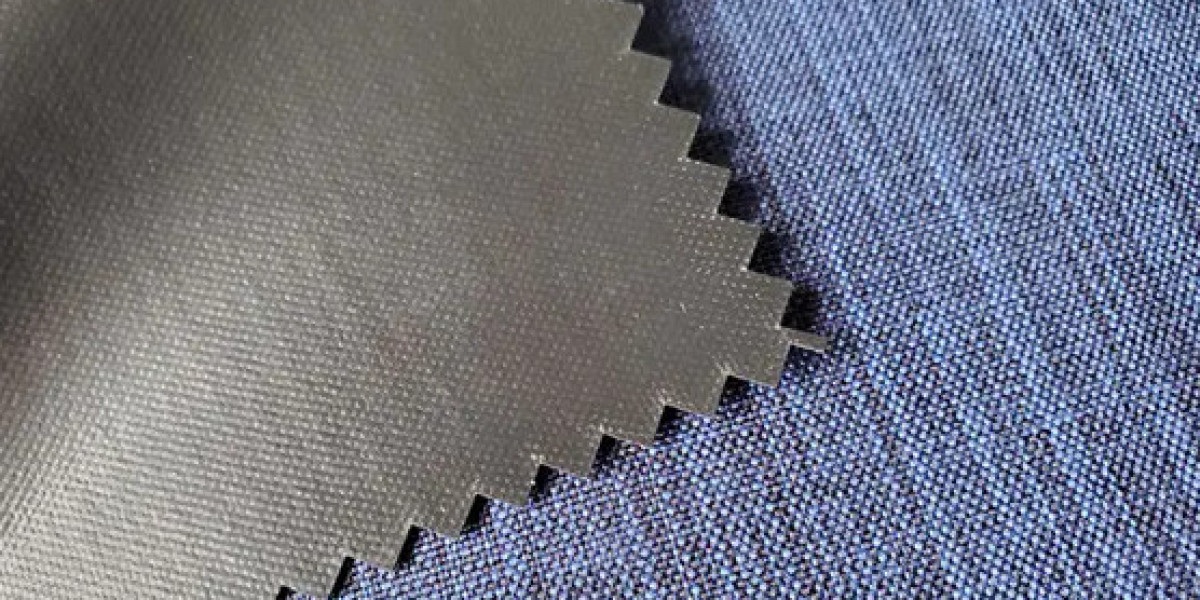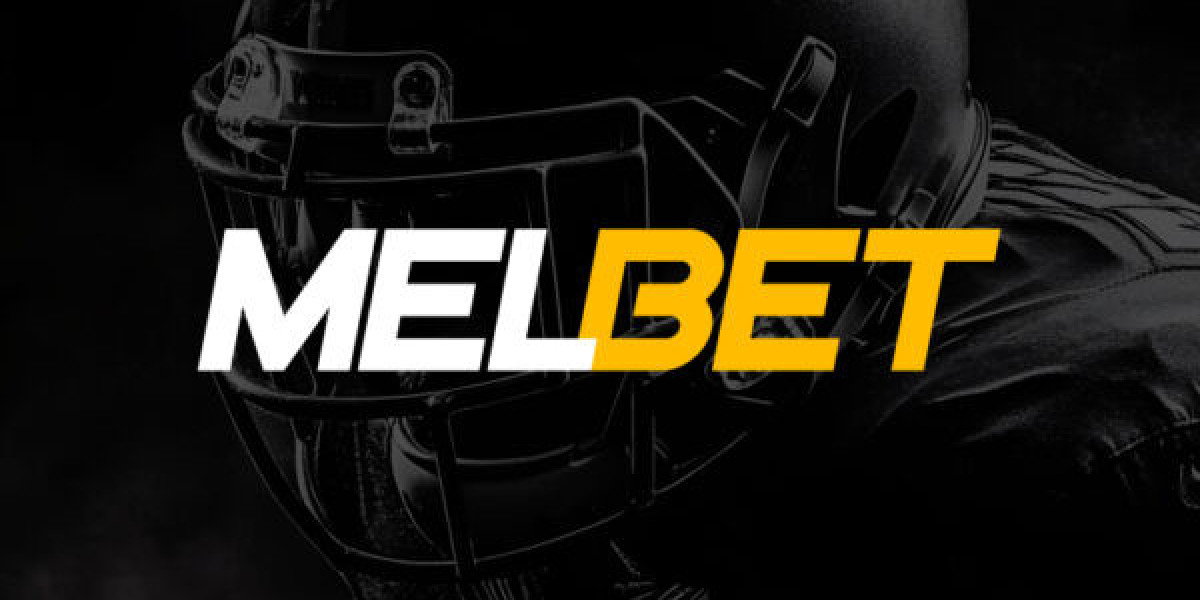When it comes to custom textile projects, choosing a material that offers reliable printing compatibility is essential. 300D fabric stands out in this area, providing a dependable surface for various printing techniques used in both indoor and outdoor applications.
One of the notable advantages of 300D fabric is its smooth and consistent weave. This structure makes it well-suited for screen printing, digital printing, and heat transfer printing. The fabric’s even texture ensures that printed images, logos, and text maintain clarity and sharpness, which is particularly important in promotional banners, advertising displays, and customized bags.
Additionally, 300D fabric can be coated with specialized finishes that enhance ink absorption and color vibrancy. These coatings help ensure that printed graphics resist fading and remain visible under different lighting and weather conditions. As a result, it has become a popular option for outdoor signage, branded tents, and trade show materials.
The material’s moderate weight and flexibility also contribute to its print compatibility. Unlike heavier fabrics, 300D fabric can be easily fed through printing machines without excessive tension or distortion. This reduces the risk of misalignment or image warping during the printing process, leading to consistent, high-quality results.
Another benefit of using 300D fabric for printed products is its availability in multiple base colors. Designers can choose neutral shades for full-color prints or opt for colored bases to complement specific designs. This flexibility expands creative possibilities in custom product development.
Whether applied in advertising, product packaging, or fashion accessories, 300D fabric’s printing compatibility provides a dependable foundation for producing visually appealing and functional items. Its consistent surface and adaptability to different printing methods make it a preferred choice in many customized textile applications.






